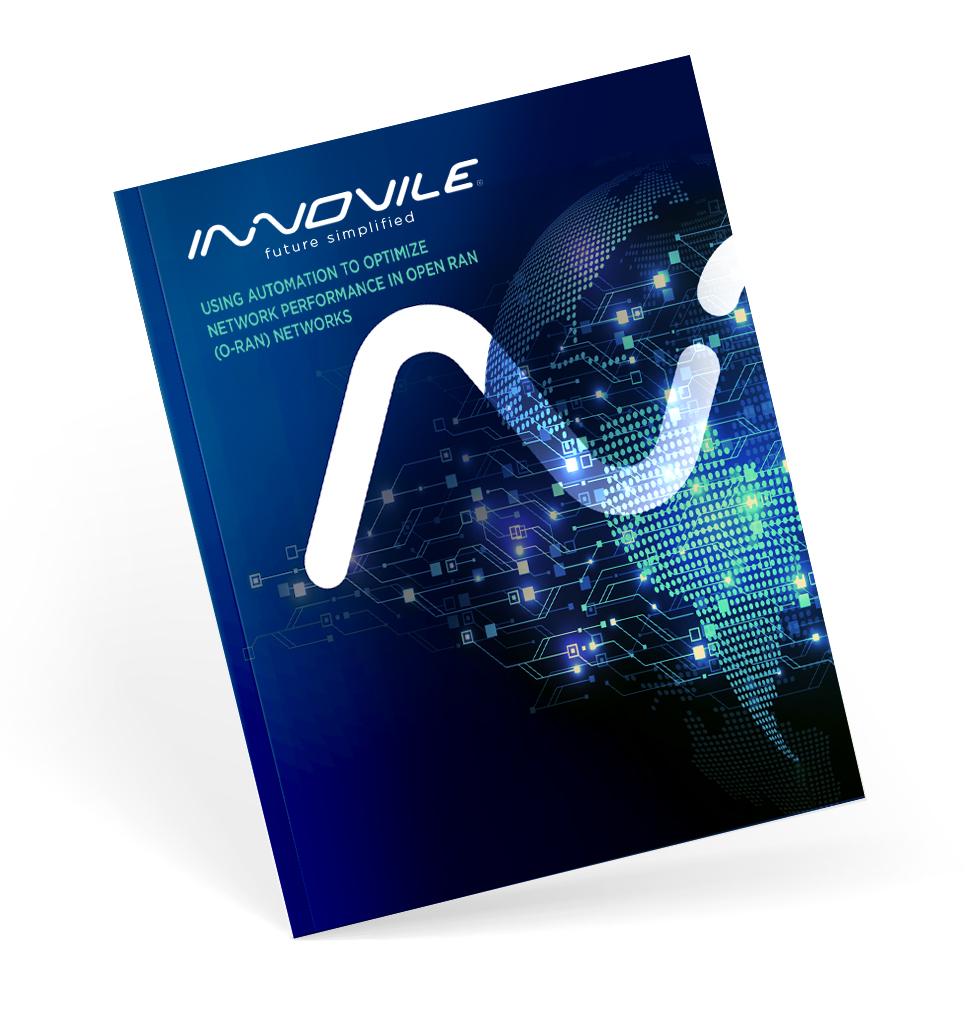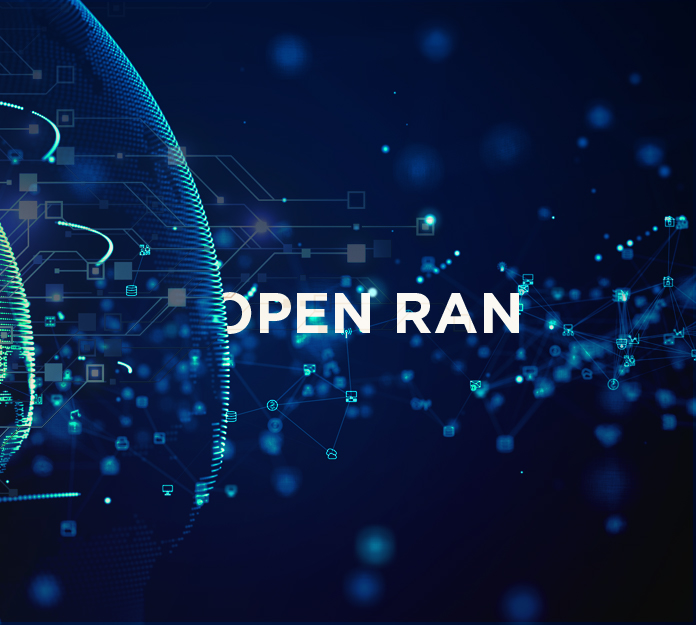Optimize network performance in Open RAN networks with automation
Learn how to plan and deploy O-RAN to enhance network performance with smart automation options
Open RAN network architectures are at an advanced design and early implementation phase. They already show major benefits are possible, especially with 5G network deployments sweeping the globe. The potential to democratize networks, removing dependency on single-vendor technology stacks, is a key benefit. Unblocking the network ecosystem, reducing costs, and enabling mix-and-match components to truly optimize network performance.
With 17 years of experience in mobile telecoms network management and optimization software and services, Innovile continues to lead in network futures. Our zero-touch network vision comes alive with O-RAN and future network designs.

OPEN RAN
What you will learn from this O-RAN white paper
What is Open RAN (O-RAN)?
What are the automation options and recommendations in O-RAN networks?
Overview of network performance in O-RAN; metrics and KPIs
Legacy networks and O-RAN interworking
Recommendations to take advantage of O-RAN and optimize network performance

What is Open RAN (O-RAN)?
Open RAN Definition: O-RAN seeks to ensure interoperability between Radio Access Network (RAN) components from different vendors. O-RAN uses virtual-RAN (vRAN) principles to establish standards that improve network dynamics and security and reduce costs.
O-RAN Alliance Overview: A consortium of MNOs, equipment and software vendors, system integrators, and other members with the goal of “Transforming the Radio Access Networks industry towards open, intelligent, virtualized and fully interoperable RAN.”
What are the main benefits of O-RAN?
- Vendor lock-in is eliminated. Mix-and-match components to get the optimum architecture and network performance.
- Increased interoperability will drive competition and innovation. New use-cases and revenue options will emerge.
- Procurement and implementation costs (Capex) will reduce.
- Operational costs (Opex) will streamline and further decline with smart automation principles applied.
- 5G is particularly aligned to reap the benefits of O-RAN and should be considered in network planning and rollout.

O-RAN in 5G
RAN advances in 5G networks aim to enhance spectrum efficiency, reduce interference, lower energy consumption, and improve hardware performance with the help of next-level automation. These goals are addressed from two different perspectives:
1.Disaggregation – splitting the baseband functionality from the radio functionality; and
2.Cloudification – separation of the hardware and software and deploying the baseband units onto Common off-the-shelf (COTS) hardware, running a consistent cloud platform.
The Open RAN approach builds on these evolutionary steps by standardizing the interfaces between the disaggregated components…
How to optimize network performance in
an Open RAN architecture?
An Open RAN architecture provides a variety of opportunities to optimize network performance with open interfaces and an entire ecosystem of software applications that can be deployed to accomplish different functions and goals.
Near-RT RIC level
One approach is operating at the near-RT RIC level – defining xApps that work towards network performance optimization. For example – as described in the O-RAN Software Community – defining a xApp that monitors and stores Key Performance Indicators (KPIs), making them available for other xApps to use in making performance optimization decisions.

By continuing to use our site without adjusting your browser settings, you consent to the use of cookies in other similar technologies in accordance with our updated Privacy Policy. Please note that blocking or removing cookies may affect the proper functioning of the site.